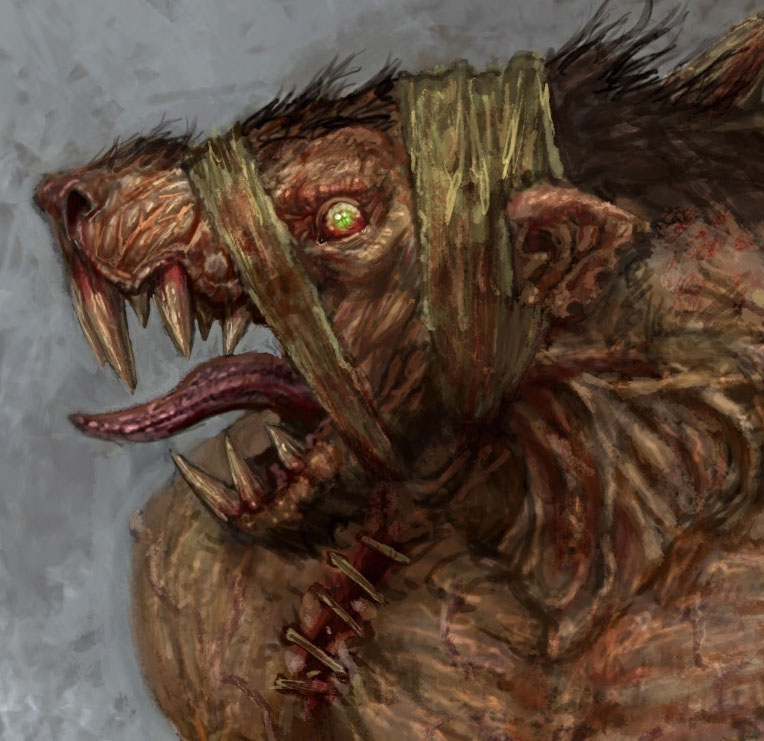My time a Mythic Entertainment started off designing enemies for Dark Age of Camelot and within months I was designing the updated player character creator that would launch with the expansion: Catacombs. That experience taught me what it was to support a successful live game, what would be today considered an “indie hit.”
I then shifted to Lead Character Artist on Imperator, a project that couldn’t have been more different. We spend a whirlwind year trying to build a vertical slice for a new IP before the game was eventually canceled in favor of Mythic’s newly licensed IP: Warhammer.
I worked on Warhammer for three years and had two jobs – Lead Concept Artist and later, Lead UI Designer. I managed to keep my hands in some of the production art for the game as well. Mythic gave me the opportunity to try out a lot of different roles from my time on Dark Age of Camelot forward.
As Lead Concept Artist working on a licensed IP, I managed a team of internal and external artists trying to achieve a great style while keeping Games Workshop happy. I painted my fair share of concepts as well. We were very proud to see the art we developed for the project continue to influence the future of Warhammer long after Warhammer Online itself had gone offline. The prior artwork for the tabletop books was largely focused on character designs for the miniatures, so our time spent developing the world and its architecture was foundational for the future of the IP.



In the final year of development I worked with a team to redesign the UI from the ground up. One of my favorite designs was “Open Grouping” – a feature that allowed players to find a group seamlessly in the game. Prior to WAR, MMO players would use a “Looking For Group” tool to add themselves to a list of available players and search for other groups that had flagged themselves as looking for a group. In WAR, we defaulted all groups to open and allowed players to join them in one click, providing a list of groups sorted based on distance and activity. This feature was very popular and helped players succeed in fights and to form connections. Similar systems became commonplace in the industry afterwards. Community is the lifeblood of online games, so finding ways to help players form connections is perhaps the most important thing we could do as developers.




After Warhammer shipped in 2007 and failed to meet expectations, Mythic went through a period of years when it would start projects but not finish them. The studio took several years to reestablish it’s identity as a mobile developer (after I had left), and was sadly shut down just as it was finding its feet. During those intermediate years I worked on many projects – Warhammer, Ultima, and pitches for new IP.




At one point I got my hands on the first iPhone, prototyped and pitched a location-based game (years before Pokemon Go would prove the potential). I made some assets for Dragon Age 2 during our time as a Bioware studio. I also had a chance to develop and pitch some original IP. While none of these opportunities really lead anywhere, the experience taught me a lot about pre-production and how to do it right, because I also saw how it could be wasted.






Mythic grew from a small indie developer working on Dark Age of Camelot to a large EA Studio, and then experienced a crisis-of-culture. My 8 years there were a fantastic education in game development, the design process, and the business.